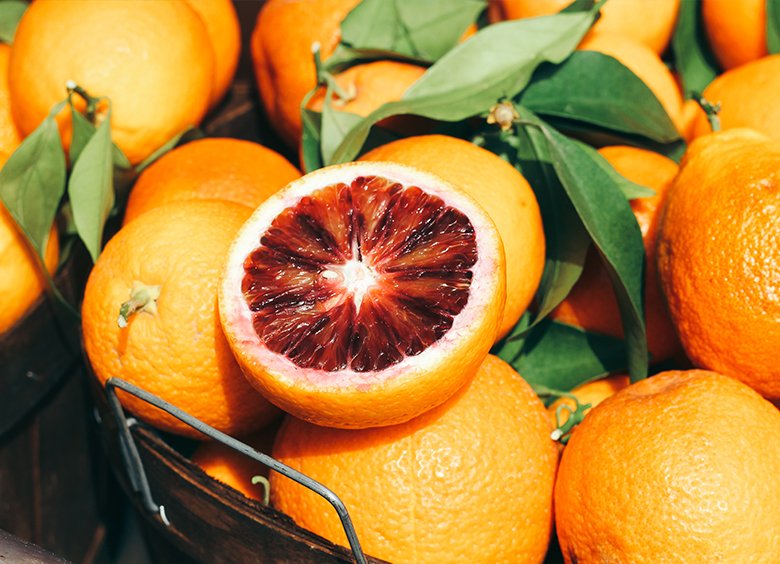It’s vital to learn how to read food labels, especially food ingredients, and separate healthy food from the junk. You may discover that most packaging on food is filled with empty promises, with words like, “natural,” “natural flavors,” “no added sugar,” “fresh,” “light,” and “multigrain.” Manufactures are often dishonest about their health claims on labels, by using claims that are misleading and false. Unfortunately, the name of the game is selling products.
The basic requirements on food packaging begins with USDA Certified Organic and non-GMO food labels. If the packaging has both of these labels, proceed to the ingredients list. It’s more important to read ingredients than to count calories. Product ingredients are listed by quantity, from highest to lowest amount. The first ingredient is what the manufacturer used the most of. The first three ingredients are the most important because they are the largest part of what you are eating. If the ingredients list is longer than two to three lines, it’s likely highly processed so opt for a short ingredients list. If you see ingredients you cannot pronounce put the product back and walk away.
Food manufacturers have a lot of tricks up their sleeves. They change the names of ingredients that have received a bad reputation so oftentimes you are eating the same toxins that just have different names. One would think that all the ingredients are monitored and good for us if they make it to our shelves, entrusting these governing bodies have our best interests at hand. The sad truth is that there is a lot of vested interest in commercializing these chemical ingredients. Most of the research used to establish safety is also done by the industry itself. What will these toxic chemicals from processed food do to us over time?
Thousands of food additives are added to the U.S. foods and there are seven you want to specifically watch out for- high fructose corn syrup (HFCS), synthetic trans fats, artificial flavors, monosodium glutamate (MSG), artificial colors, artificial sweeteners and preservatives. For example, there is a difference between strawberry flavor and actual strawberries listed as an ingredient. Did you know that strawberry flavor might contain nearly fifty chemical ingredients? Furthermore, every year, food manufacturers pour fifteen million pounds of artificial food dyes into U.S. foods. In July 2010, the European Union began to place warning labels on foods with artificial food dyes stating that the food may have “an adverse effect on activity and attention in children.” The British government asked food manufacturers to remove most artificial colors from foods. In the U.S. we have to look out for ourselves.
Many nutrients are lost and fibers removed when foods are processed. To make these foods more palatable, food manufacturers add back in the nutrients, color, flavor and texture to make it more appealing and tasty. By lengthening the shelf life of foods through preservatives, companies are able to be more profitable.
When it comes to sugar, let’s just face it, there’s no such thing as sugar free! There are many different kinds and names of sugar. A food sweetened with “sugar alcohols” can say “0 grams sugar” on the nutritional label, yet if the product is labeled “sugar free” or “no added sugar,” the manufacturer has to list the sugar alcohol count separately. Furthermore, consuming artificial sweeteners like aspartame, a neurotoxin, lead to even greater weight gain than consuming table sugar. The amino acids of aspartame attack your cells, cross the blood brain barrier to attack your brain cells, and create a toxic cellular overstimulation, called excitotoxicity, similar to MSG. Did you know that Splenda aka sucralose can destroy fifty percent of your beneficial gut flora?
If a product contains less than one gram of trans fat per serving, it can be listed as containing “zero trans fats.” If you are eating multiple servings a day, this can really add up. God forbid anyone is still using Crisco for cooking. Trans fats interfere with basic cell membrane function, which may eventually lead to cardiovascular disease, diabetes and cancer. Many restaurants use synthetic vegetable oils (hydrogenated vegetable oils) to prepare food and if you eat out a lot it’s likely you trans fat consumption is high. There is no safe upper limit established for trans fats. Additionally, vegetable oils like canola, corn, and soybean oil are likely genetically modified and contaminated with glyphosate.
To make a long story short, our food is being tainted with ingredients we hope and trust to be good for us. The reality is that nothing could be further from the truth. Money talks and our wallets are our ultimate vote. By choosing wisely where we spend our dollars, we have the opportunity to thrive and bypass the business of being sick.






